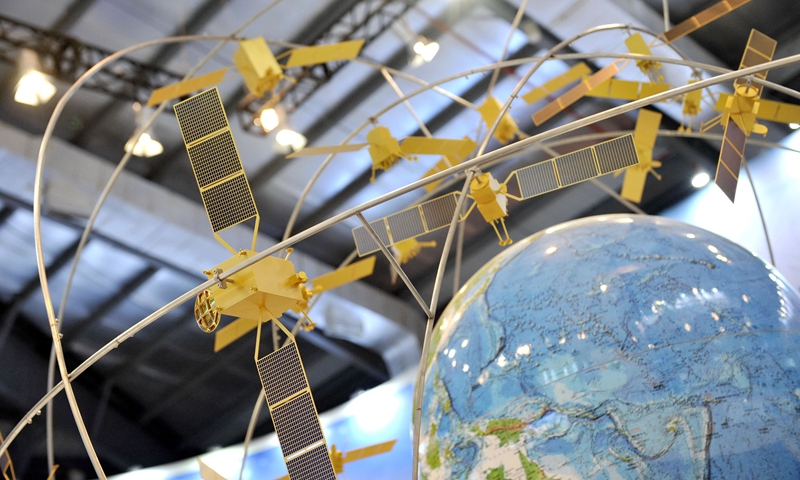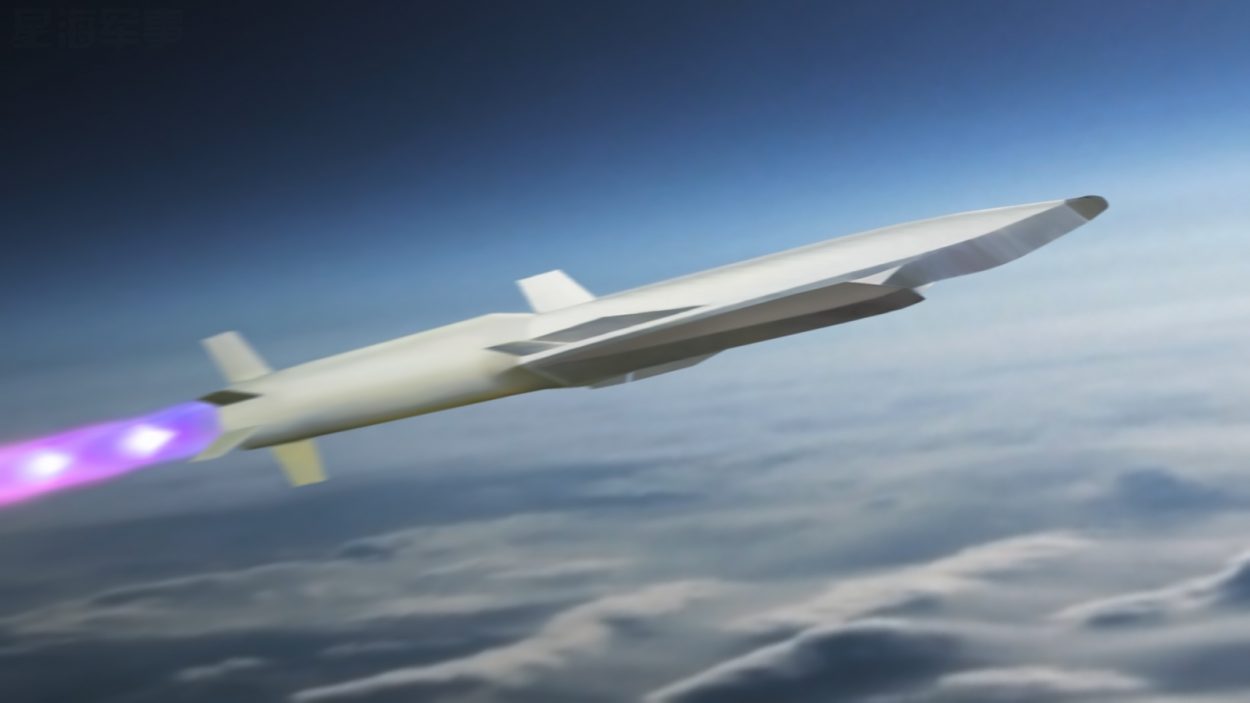Chinese space scientists have claimed that the Beidou satellite navigation system can enable the Chinese military to supervise a hypersonic flight from China to the US.
Thunderbolt Fighter Jets For Ukraine? US Says Kiev Could Get Non-Russian Aircraft As Pilots Train On Warthogs
Moscow Fumes As Ukraine Invites US, France, Germany To Test Their ‘Advanced Weapons’ Against Russia
Beidou is similar to the American Global Positioning System (GPS), operated by the US Space Force.
A team of researchers from the China Aerospace Science and Technology Corporation (CASC) simulated the flight of a hypersonic vessel launched from Jinan in China’s Shandong Province to New York via the Arctic Ocean, reported SCMP.
Jinan is the headquarters of the People’s Liberation Army (PLA) Northern Theatre.
Of the several Chinese satellite communication networks in orbit, only Beidou could facilitate continued contact between the command center on Earth and the hypersonic vehicle throughout its flight, as it undertook drastic maneuvers to dodge the enemy air defense systems, according to researchers.
The researchers claimed that the Beidou “hotline” had a time lag of less than a second, theoretically enabling the Chinese military to control the hypersonic flight down to the last minute.
These findings “will inspire some engineering applications,” said spacecraft communication researcher Li Shenyang, of the CASC, in a paper published last week in a Chinese domestic peer-reviewed journal Electronic Design Engineering, as cited by SCMP.
Maintaining Communication
It is complicated to maintain communication with a vessel performing a hypersonic flight, as the flight altitude of a hypersonic weapon is different from a traditional ballistic missile, and its ability to maneuver mid-flight means it has to switch its communications repeatedly from one satellite to another.
Therefore, a satellite system must have a lot of satellites to provide a large coverage area for receiving communication signals from the hypersonic vessel.
Beidou has more than 50 positioning satellites equipped with microwave and laser communication devices, and there are 30 satellites for communications, which is why it can support an intercontinental flight between any two locations on Earth, as per the findings by Li’s team.
Whereas other Chinese global communication satellite systems, like the Tiantong and Tianlian, are much smaller in the coverage area.

There is also a problem because of high temperatures and pressure that charge the air particles surrounding the hypersonic weapon, forming a plasma cloud that reflects electromagnetic waves.
While this is an advantage considering the radio waves emitted from air defense radars, as it makes the weapon near invisible to enemy air defense systems, it can also cause communication blackouts.
However, Li’s team claims to have solved those problems by optimizing signal transmitters and designing new satellite-jumping methods, according to SCMP.
According to the simulated flight conducted by Li and his team, at least two BeiDou communication satellites are visible to the hypersonic weapon at any given time during its flight, and the weapon will choose a satellite located directly overhead as its primary communication satellite.
Other satellites will remain in stand-by mode with antenna beams directed toward the hypersonic weapon. When the weapon has to make a drastic altitude change, the computer onboard will calculate and find a new satellite using real-time location.
According to Li’s team, a new inter-satellite link will be established for the ground control to issue the following orders.

However, Li and his team were mum on how to address the communication blackouts caused by plasma cloud, noting Zhang Tong of the SCMP while citing other recent studies in China that touch upon this issue.
Tong suggested that the problem can be solved by placing an antenna at the back of a hypersonic vessel, where the blocking effect of the plasma cloud appears to be the weakest.
Latest Findings Should Worry The US
Nevertheless, if there is any truth to these claims, this is a significant milestone in hypersonic weapons capability and one of many that China has been stacking up recently. The top brass in the US military is already concerned about the growing hypersonic threat from China.
In July 2021, China tested its hypersonic glide vehicle (HGV), spreading concern and panic among US military officials. The glide vehicle traveled around 24,800 miles (39,911 km) in space before re-entering the atmosphere and striking the ground target, according to a report by US Defense Intelligence Agency (DIA) in April.
The DIA report reads that the flight test lasted more than 100 minutes, making it “the greatest distance flew and longest flight time of any Chinese land-attack weapons system to date.”
Currently, China and Russia are the only countries with operational hypersonic weapons, and Russia has even used its Kinzhal hypersonic missile in the ongoing Ukraine war.
Whereas the US is still playing catch up while at the same time also trying to develop the counter-hypersonic capability to shield itself from the hypersonic threat, but even that may take more than a decade to realize, according to the remarks made by the head of the US Missile Defense Agency (MDA) in May.
- Contact the author at tanmaykadam700@gmail.com
- Follow EurAsian Times on Google News




